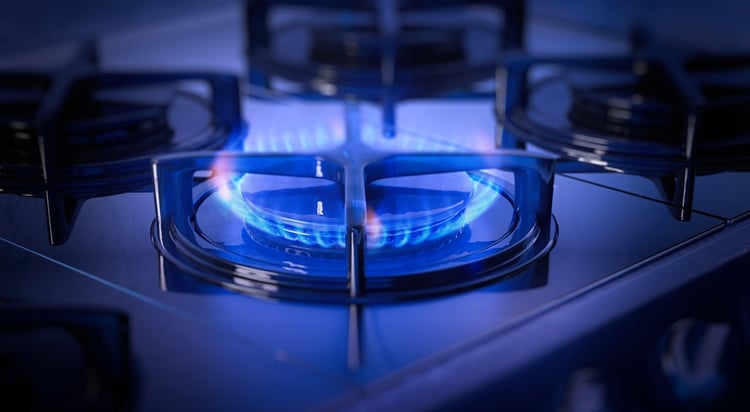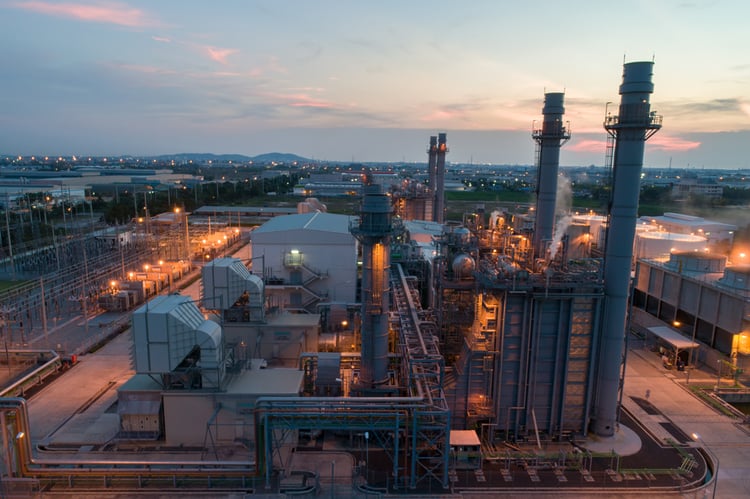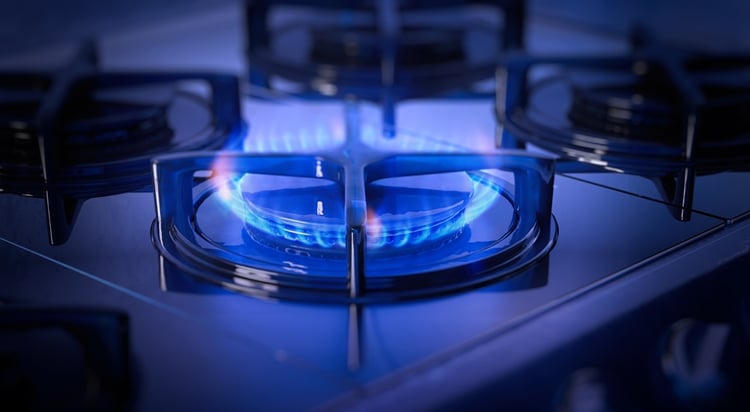Natural gas prices have increased dramatically since 2021, and this also has an impact on electricity prices . The construction sector depends directly on natural gas for space heating and indirectly for energy generation. In theory, it would be possible to avoid high gas prices by switching to other energy sources, but there are several factors that make the switch difficult.
Improve your building's space heating efficiency and reduce your natural gas bills.
Although natural gas is a fossil fuel like oil and coal, its emissions are around 50% lower. For this reason, gas is often considered a “transition fuel” on the path to decarbonization. Many electric companies have closed oil and coal-fired power plants while increasing the use of renewable technologies such as wind and solar energy. Natural gas also had very low prices between 2010 and 2021, creating an incentive for its use. By switching from more polluting fuels to natural gas, building owners and energy companies were reducing both their costs and emissions.
Unfortunately, solar panels and wind turbines have a common limitation: it is not possible to control their energy input, which means that it is not possible to operate a grid exclusively with them. Natural gas turbines are characterized by their fast response and can easily increase production when renewable generation is low. Hydroelectric turbines can also fulfill this role, but are only viable under specific site conditions. Large-scale batteries can also complement variable renewable sources, but their high cost is still a limiting factor.
Natural gas prices in recent years

Every year, the US Energy Information Administration collects detailed information about the energy sector, including information about prices over time. Since 2010, the Henry Hub Natural Gas Spot Price has remained below $4.00 per million BTU most of the time:
Spot gas price, USD per million BTU, 2010-2015:
|
Year |
2010 |
2011 |
2012 |
2013 |
2014 |
2015 |
|
Price per MMBTU |
$4.37 |
US$4.00 |
$2.75 |
$3.73 |
$4.37 |
$2.62 |
Spot gas price, USD per million BTU, 2016-2021:
|
Year |
2016 |
2017 |
2018 |
2019 |
2020 |
2021 |
|
Price per MMBTU |
$2.52 |
$2.99 |
$3.15 |
$2.56 |
$2.03 |
$3.89 |
However, energy prices soared between 2021 and 2022, and natural gas reached $8.14 per MMBTU in May 2022. This represents a 180% increase from May 2021, when the spot price was just $2.91 per MMBTU. Spot gas prices have not reached their current level since 2008, reaching a peak of $12.69 per MMBTU.
Although gas prices have remained low and stable, there has been a large incentive to use it for energy production and space heating . The US has many power plants that could switch to coal, and this has been a common strategy when gas prices soar. However, since coal was actively phased out of the energy sector in recent years, supply has dwindled. With lower demand and environmental regulations limiting its use, there are fewer incentives to extract coal.
The same price trends were observed for piped natural gas delivered as a utility service and gas delivered for power generation. The US EIA also provides this data, and there is a notable price increase between March 2021 and March 2022:
- The average U.S. residential retail price increased from $10.51 to $12.98 per thousand cubic feet (MCF).
- The commercial retail price increased from $7.99 to $10.25 per MCF.
- The price of gas for power generation increased from $3.40 to $5.32 per MCF.
Importance of Natural Gas in Power Plants and Building Heating

As mentioned above, gas plants are characterized by their quick response, which makes them a great option at times when electricity consumption increases suddenly. For example, this tends to happen in the residential sector at night, as a large part of the population is returning home and turning on appliances.
Peak demand at night is impossible for solar panels to meet, as their power generation has already ceased at this time of day. Wind turbines can help meet nighttime demand, but only when wind conditions are favorable at that time of day. Coal and nuclear plants can provide stable output, but they cannot easily increase their output in response to spikes in demand.
There are three main options when the grid needs large amounts of electricity in a short space of time: large-scale batteries, hydroelectric turbines and natural gas turbines. However, since batteries are limited by cost and hydroelectricity is limited by location, gas-fired peaking plants are the primary option for most U.S. grids.
In the construction sector, natural gas has the advantage of being delivered as a public service via pipes. Other fuels, such as heating oil and propane, must be delivered by truck, and these deliveries can be more easily interrupted by adverse weather conditions and supply chain issues.

